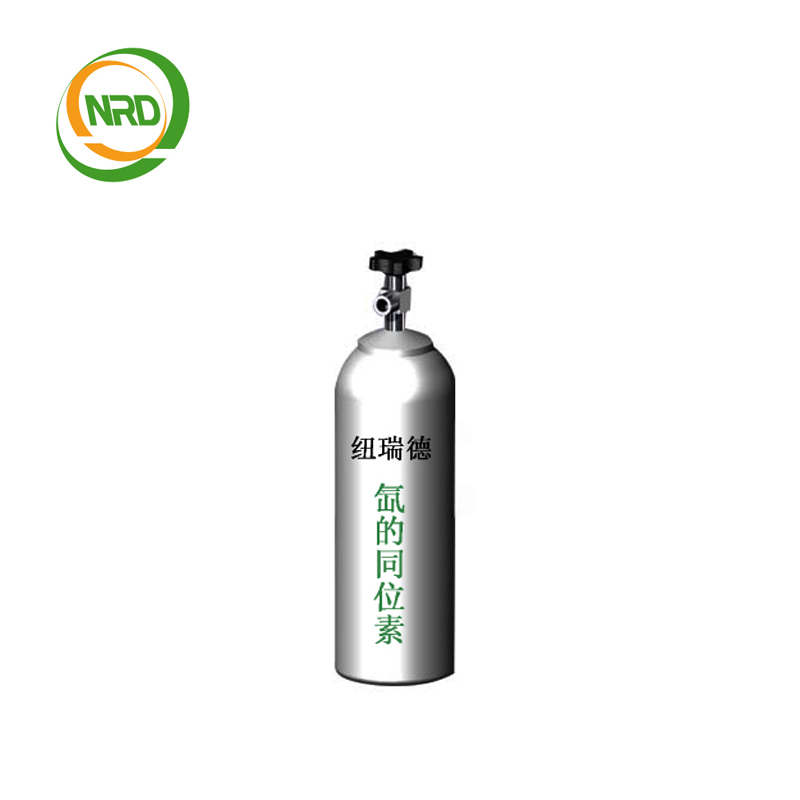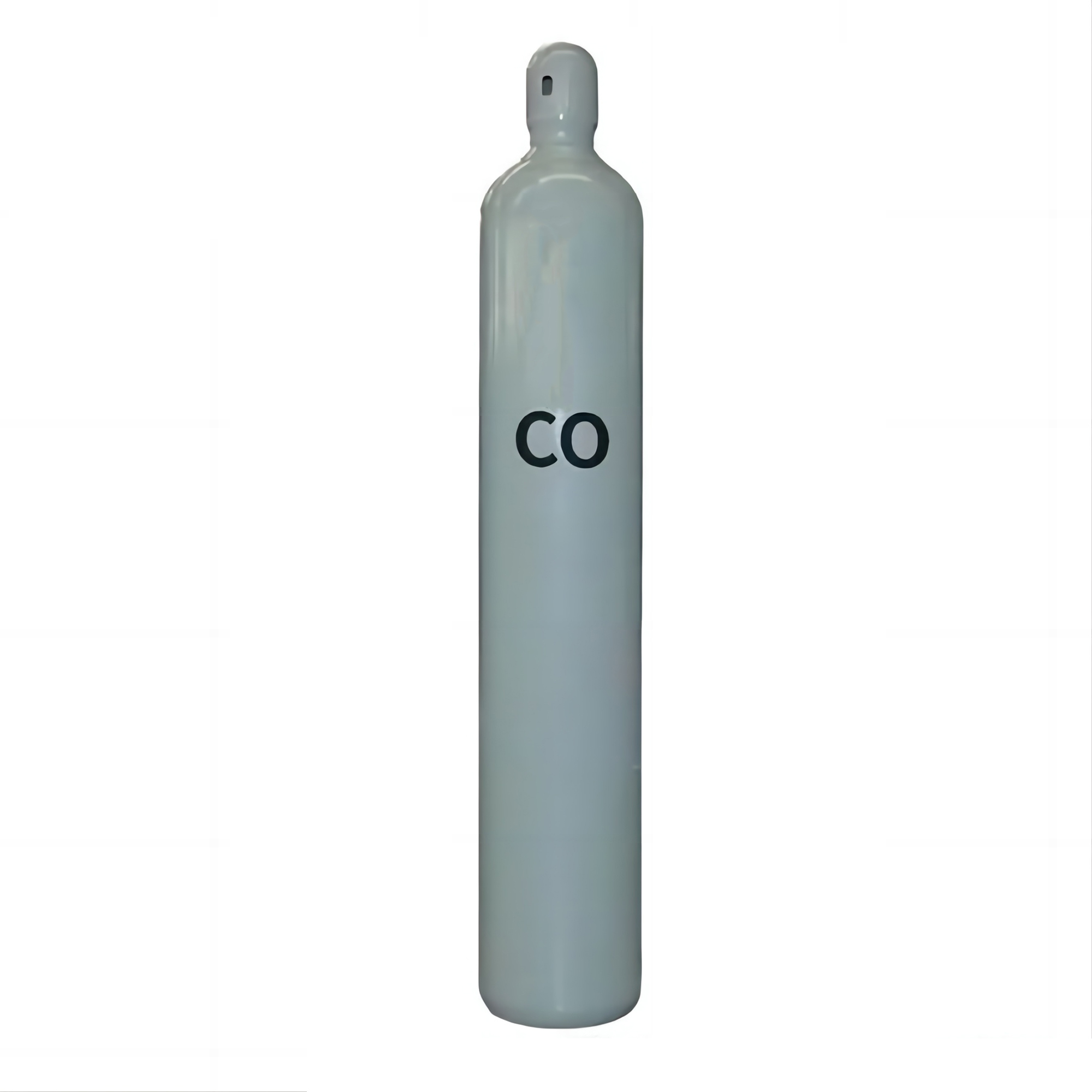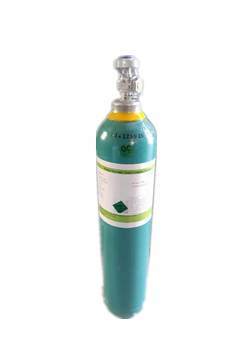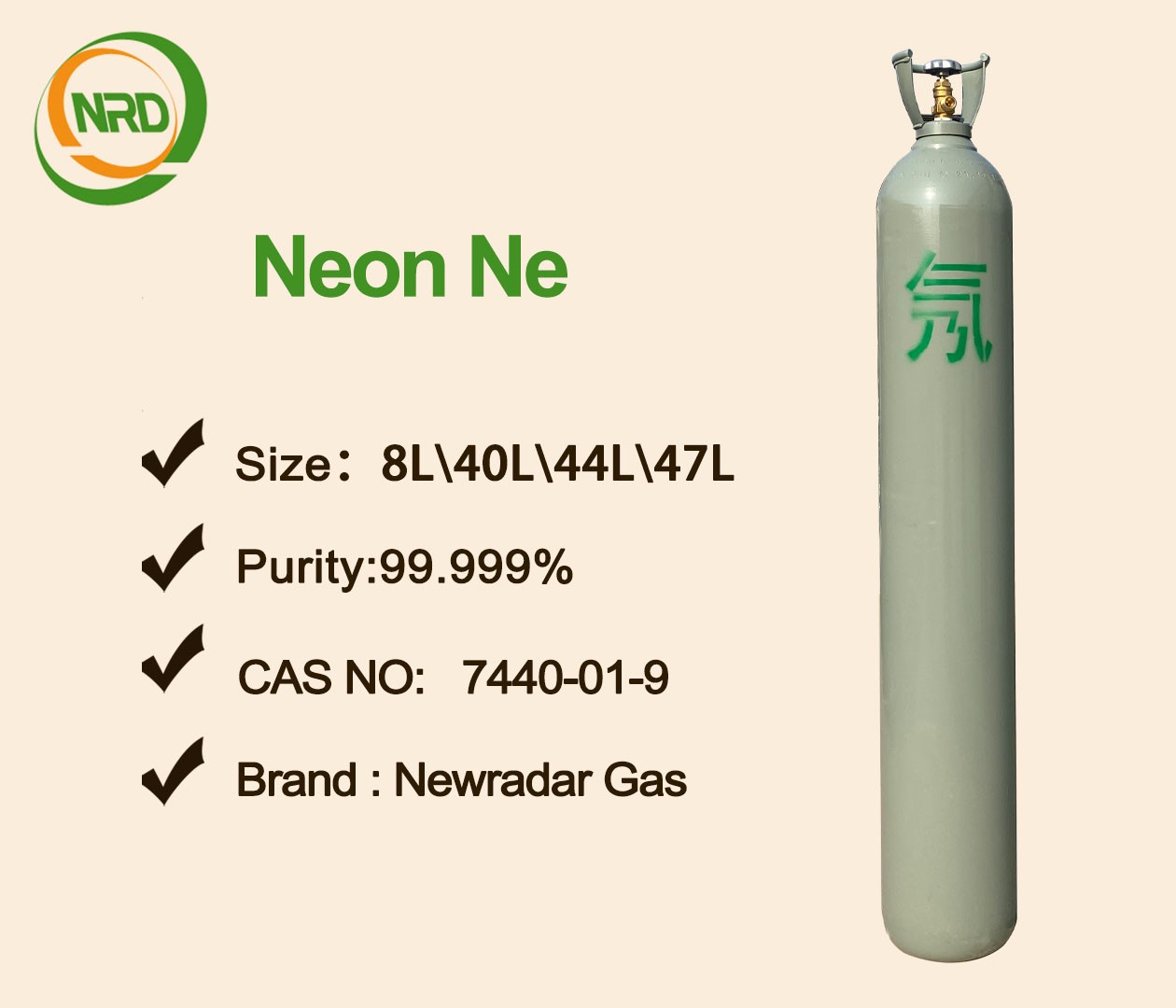Classification of isotope reference materials
(1):Primary reference material or international standard
Such reference materials may be natural, synthetic or even nonexistent. Generally, they cannot be purchased, but exist as an internationally unified isotope scale, such as: δ 13C corresponds to vpdb (Vienna pee Dee belemnite), δ 15N corresponds to air-n2, δ 18O corresponds to VSMOW (Vienna standard mean ocean water), δ 2H corresponds to VSMOW, δ 34S corresponds to vcdt (Vienna Canyon Diablo troile). It should be noted that the predecessor of VSMOW is smow. Smow itself does not exist, but its h and O isotopes are artificially defined δ The value is 0 (defined by H. Craig et al. In 1961). Later, people artificially made a water sample with a value very close to smow by mixing distilled seawater and ordinary water, renamed it VSMOW (1968), and took it as the primary reference material of H and O water samples. The scale of 18O isotope can be either VSMOW (aqueous solution) or vpdb (oxygen in carbonate sample), which need to be transformed by the following formula: δ 18OVSMOW=(1.0309 ×δ 18OVPDB)+ 30.9(Hut,1987)
Concept diagram of isotope cylinder
(2) : Reference Material
This kind of standard substance is usually a natural or synthetic compound, and it is uniform enough. Its value is calibrated according to the primary Reference Material. And the isotope reference material commonly used in the world can be bought from the market. Most of the reference material is made by the International Atomic Energy Agency (IAEA), the National Institute of Standards and Technology (NIST), Developed by the European Union's Institute for Standard Substances and Measurements (IRMM), the IAEA and NIST have been working together since 1960 to publish standard substances, and their standards are common. For example iAEA-CH-6 (jointly issued by IAEA and NIST), GISP (jointly issued by IAEA and NIST), NBS18 (jointly issued by IAEA and NIST), BCR658 (issued by IRMM), USGS24 (jointly published by IAEA and NIST) These are reference materials, which are very important and usually used in the literature as a basis for data standardization
(3) : Internal laboratory Standard
This kind of standard material is prepared by each laboratory, also known as working standard sample, or laboratory standard sample. These materials are readily available and homogeneous, and may be close to the composition of the sample to be tested. The laboratory can be determined according to the details and characteristics of samples at ordinary times, according to the standard procedures for the production of standard samples, select the appropriate materials for preparation, calibration by reference material, and after the comparison of multiple tests to give the isotope reference value and uncertainty of the working standard sample, and then used as the QC of mass spectrometry laboratory. For example, wheat flour or corn flour can be selected to be used as QC for carbon and nitrogen isotope ratio determination of plant samples after drying through multiple laboratory comparison tests





 Facebook
Facebook YouTube
YouTube LinkedIn
LinkedIn Twitter
Twitter